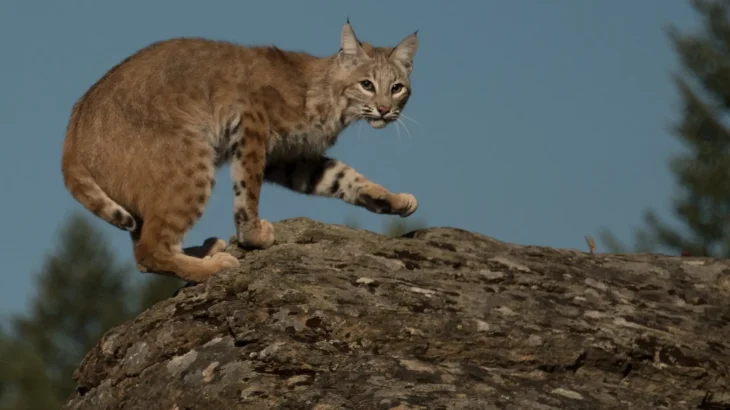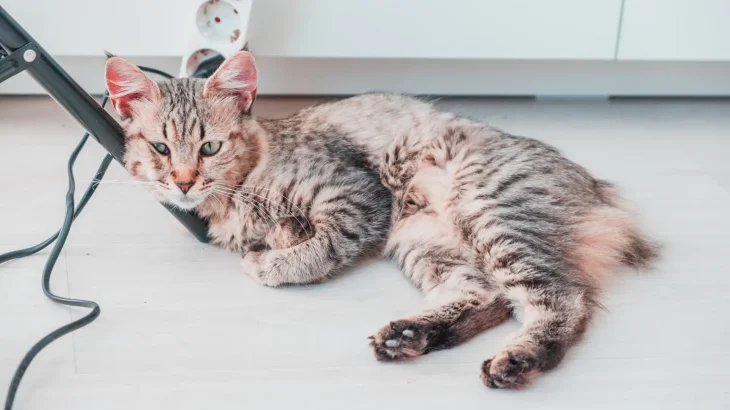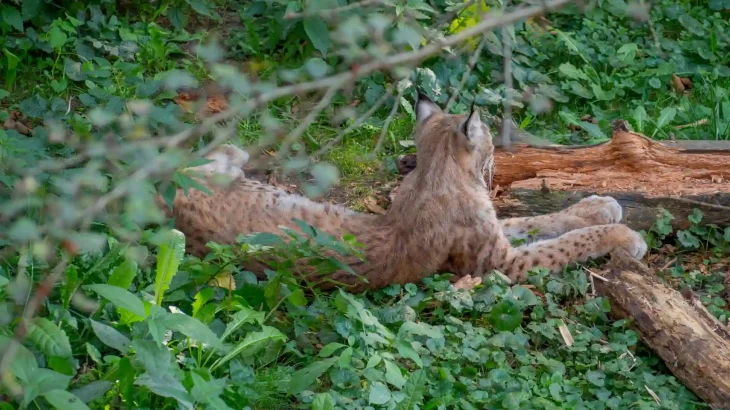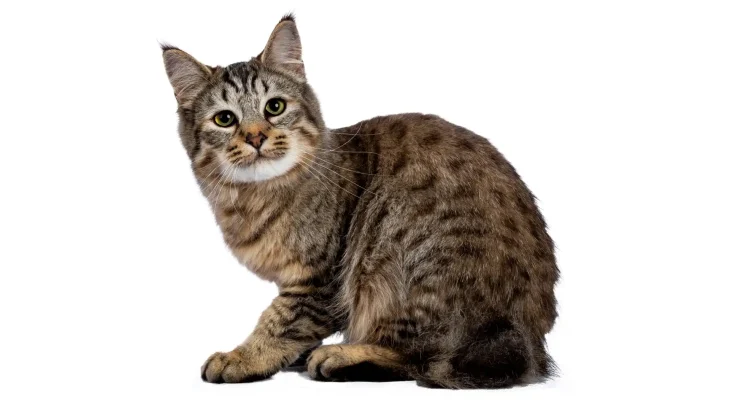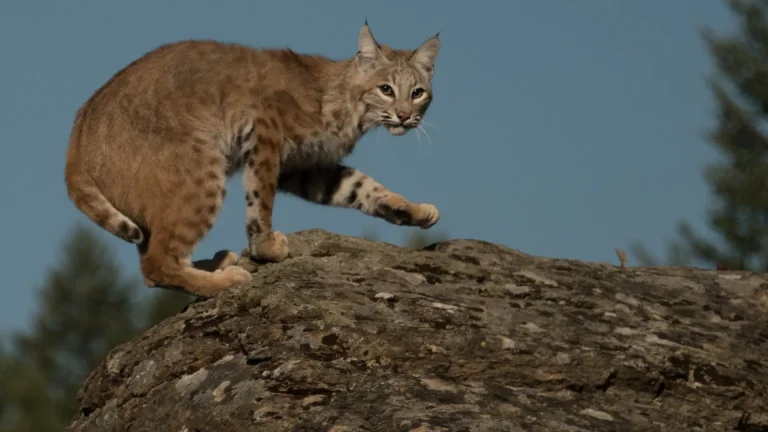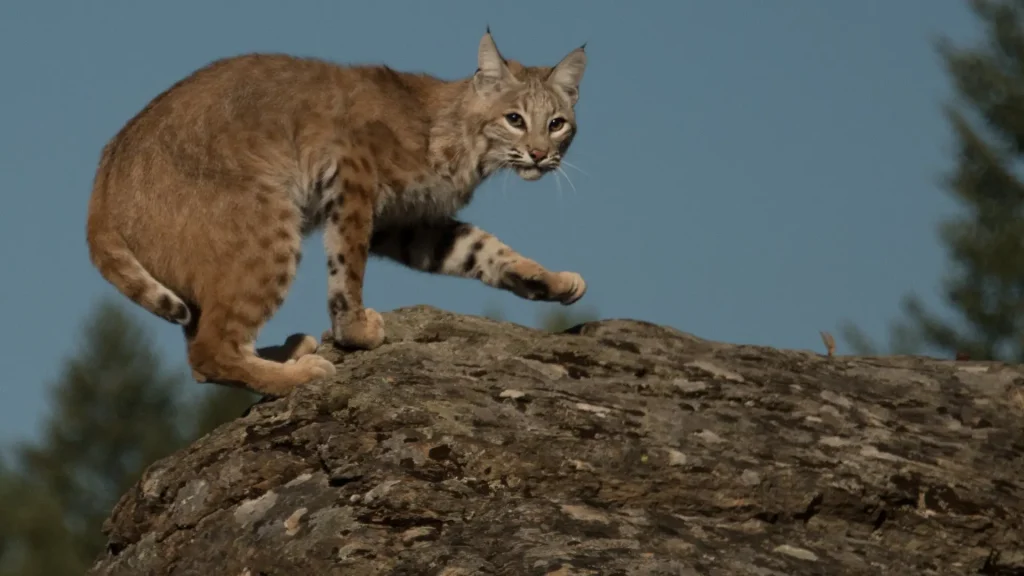When deciding to add a Pixie-Bob kitten to your family, you typically have the option to either adopt or purchase from a breeder. The choice often comes down to factors like cost, health information, and ethical considerations specific to this rare breed. Understanding these differences can help you make the best decision for your home and the cat's well-being.
Adoption vs. Breeder: Pros & Cons
| Criteria | Buying from Breeder | Adopting from Shelter/Rescue |
|---|---|---|
| Cost | Higher cost due to breed rarity; can be significantly more expensive. | Lower adoption fees that often include vetting like vaccinations and spay/neuter. |
| Health History | Typically detailed health records and genetic screening available. | Health history may be limited or unknown but basic health checks are usually done. |
| Age Availability | Usually available as young kittens, allowing early bonding and training. | Varied ages available, including adult cats that might need experienced owners. |
| Temperament Insight | Breeders often provide lineage temperament information. | Shelter staff share observed behavior, but full background unknown. |
| Supporting Practices | Supports responsible breeding programs emphasizing breed purity. | Helps reduce shelter crowding and supports animal welfare efforts. |
| Breed Purity & Pedigree | Ensures purebred status with pedigree documentation. | Adopted cats might not be purebred, but still make wonderful companions. |

